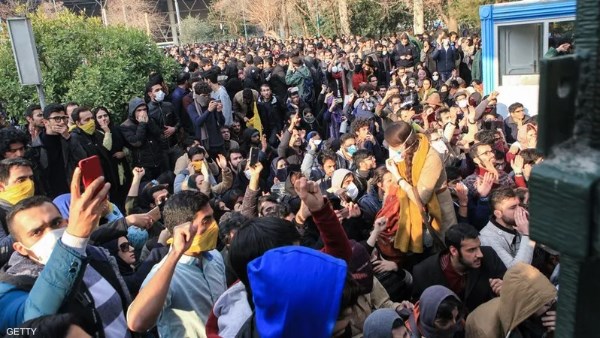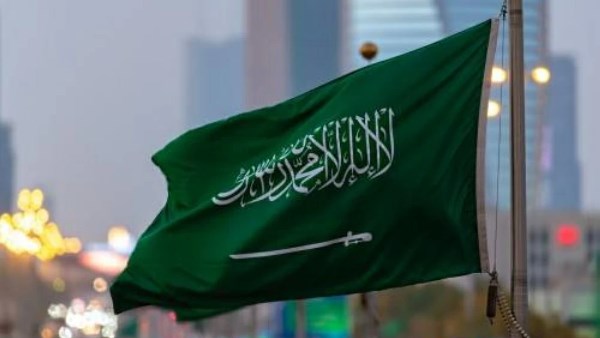
The company’s small modular reactor, or SMR, is designed to reduce the cost of building new nuclear plants
How GE Vernova plans to deploy small nuclear reactors across the developed world

GE Vernova is aiming to deploy small nuclear reactors across the developed world over the next decade, staking out a leadership position in a budding technology that could play a central role in meeting surging electricity demand and reducing carbon dioxide emissions.
The company’s small modular reactor, or SMR, is designed to reduce the cost of building new nuclear plants, said Nicole Holmes, chief commercial officer at GE Vernova’s nuclear unit GE Hitachi.
GE Vernova is the spinoff of General Electric’s former energy business. The company’s stock has more than doubled since listing on the New York Stock Exchange last April, with investors seeing the Cambridge, Mass.-based company playing a key role in the future of the power industry through a portfolio of divisions that span nuclear, natural gas, wind and carbon capture.
The U.S. government wants to triple nuclear power by 2050 to shore up an electric grid that is under growing pressure from surging power demand. But large nuclear projects, in the U.S. at least, are notoriously plagued by multi-billion dollar budgets, cost overruns, delayed construction timelines and, sometimes, cancellations.
“Affordability has been the real challenge for nuclear through the many years,” Holmes told CNBC. “We’re beginning to crack that at this point.”
Simpler design
GE Vernova’s SMR, the BWRX-300, has a simpler design with fewer components and less concrete and steel compared to a larger nuclear plant, Holmes said. The reactor might cost somewhere in the range of $2 billion to $4 billion to build compared to $10 billion to $15 billion for a large nuclear plant, Holmes said.
The plant generates 300 megawatts of electricity, enough to power more than 200,000 U.S. households. The average reactor in the U.S. fleet has about 1,000 megawatts of power, enough for more than 700,000 homes. The smaller size offers more flexibility in terms of location, she said.
“You could put four of these on a site and get the same output as you would from a single large reactor,” the executive said. “You can have one started, deploying energy, making money while you build out others. It gives you a lot of optionality,” she said.
GE Vernova is targeting more than $2 billion in annual revenue from its small reactor business by the mid-2030s. That compares with total company revenue of $33.2 billion last year. GE Vernova sees demand for as many as 57 small reactors in total across its target markets in the U.S., Canada, the United Kingdom and Europe by 2035.
To hit that revenue target, GE Vernova would need to ship between three to four reactors per year, according to an October research note from Bank of America. The company could capture a 33% market share in its target markets, according to the bank.
“We’re underway building a strong order book in those target markets,” Holmes said. “A lot of the buyers in these early stages will be utilities.”
GE Vernova is also talking to major tech companies, which Holmes declined to name, that are showing a growing interest in nuclear power to meet electricity demand from their artificial intelligence data centers.
“We are in conversations with a lot of the big tech companies,” Holmes said. “I see a ton of interest from them in in new nuclear, and what it could do to meet some of their energy demands.”





-1120252475029447.jpg)
-920252122624392.jpg)















